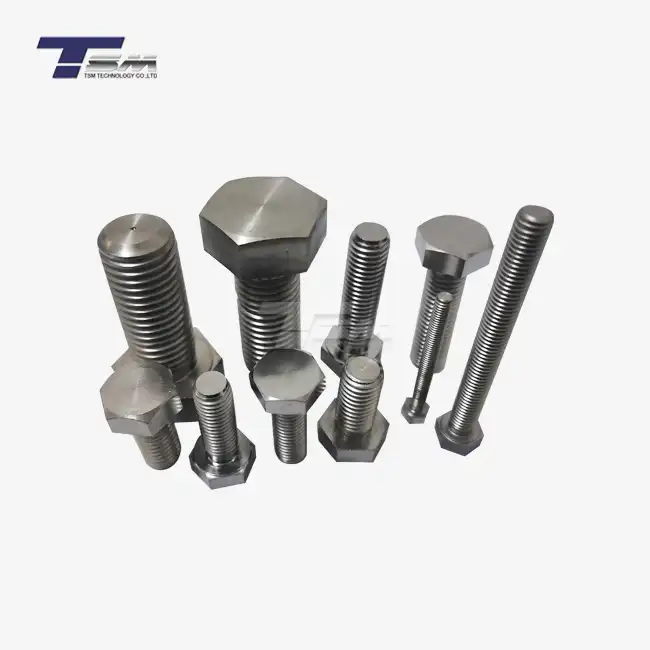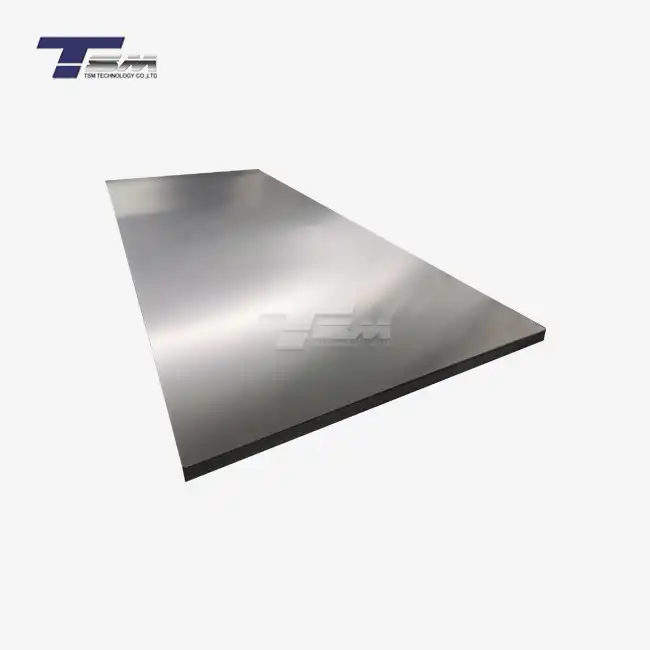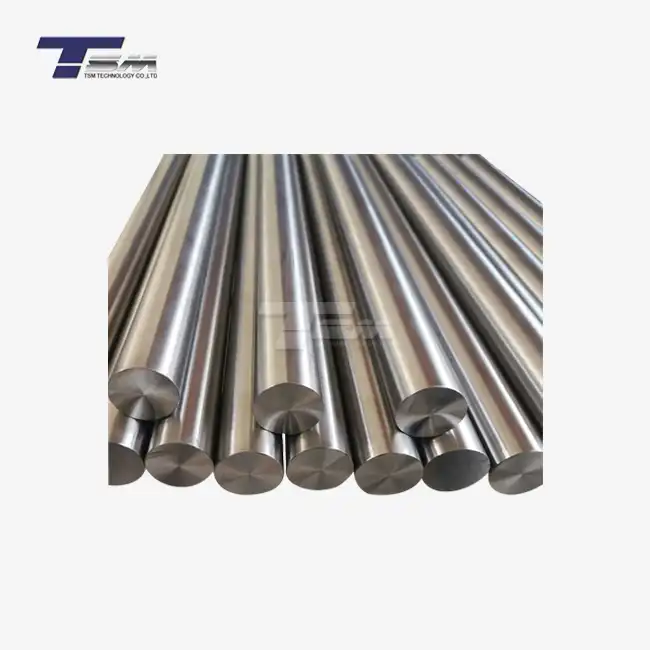- English
- French
- German
- Portuguese
- Spanish
- Russian
- Japanese
- Korean
- Arabic
- Greek
- German
- Turkish
- Italian
- Danish
- Romanian
- Indonesian
- Czech
- Afrikaans
- Swedish
- Polish
- Basque
- Catalan
- Esperanto
- Hindi
- Lao
- Albanian
- Amharic
- Armenian
- Azerbaijani
- Belarusian
- Bengali
- Bosnian
- Bulgarian
- Cebuano
- Chichewa
- Corsican
- Croatian
- Dutch
- Estonian
- Filipino
- Finnish
- Frisian
- Galician
- Georgian
- Gujarati
- Haitian
- Hausa
- Hawaiian
- Hebrew
- Hmong
- Hungarian
- Icelandic
- Igbo
- Javanese
- Kannada
- Kazakh
- Khmer
- Kurdish
- Kyrgyz
- Latin
- Latvian
- Lithuanian
- Luxembou..
- Macedonian
- Malagasy
- Malay
- Malayalam
- Maltese
- Maori
- Marathi
- Mongolian
- Burmese
- Nepali
- Norwegian
- Pashto
- Persian
- Punjabi
- Serbian
- Sesotho
- Sinhala
- Slovak
- Slovenian
- Somali
- Samoan
- Scots Gaelic
- Shona
- Sindhi
- Sundanese
- Swahili
- Tajik
- Tamil
- Telugu
- Thai
- Ukrainian
- Urdu
- Uzbek
- Vietnamese
- Welsh
- Xhosa
- Yiddish
- Yoruba
- Zulu
The Ultimate Guide to Inconel Alloy 625
Inconel alloy 625 stands as a pinnacle of engineering excellence in the world of superalloys. This nickel-chromium-based material boasts an impressive array of properties that make it indispensable across various industries. Known for its exceptional resistance to corrosion, high strength, and remarkable performance in extreme temperatures, Inconel 625 has become a go-to choice for applications ranging from aerospace to chemical processing. This comprehensive guide delves into the composition, characteristics, and applications of this versatile alloy, providing insights into why it continues to be a preferred material for engineers and manufacturers worldwide. Whether you're a seasoned professional or new to the field of metallurgy, this exploration of Inconel alloy 625 will equip you with the knowledge to understand and harness its full potential.
Composition and Properties of Inconel Alloy 625
Chemical Makeup
Inconel alloy 625 is a complex blend of elements carefully formulated to achieve its superior properties. The base composition typically includes nickel (58% minimum), chromium (20-23%), molybdenum (8-10%), and niobium (3.15-4.15%). This unique combination contributes to the alloy's exceptional corrosion resistance and strength. The presence of niobium, in particular, enhances the material's resistance to pitting and crevice corrosion, while molybdenum improves its resistance to reducing environments.
Mechanical Characteristics
The mechanical properties of Inconel 625 are truly remarkable. It maintains high strength and toughness in a wide range of temperatures, from cryogenic to elevated levels exceeding 1000°C (1832°F). The alloy exhibits a yield strength of approximately 490 MPa (71,000 psi) and a tensile strength of about 965 MPa (140,000 psi) at room temperature. These values can be further enhanced through cold working and heat treatment processes, allowing for customization based on specific application requirements.
Corrosion Resistance
One of the most distinguishing features of Inconel alloy 625 is its exceptional resistance to corrosion. It demonstrates outstanding performance against a wide array of corrosive media, including seawater, acids, and alkaline solutions. This resistance stems from the formation of a stable, protective oxide layer on the surface, primarily composed of chromium oxide. The alloy's ability to withstand stress-corrosion cracking, pitting, and crevice corrosion makes it an ideal choice for harsh marine environments and chemical processing applications.
Applications and Industries Utilizing Inconel Alloy 625
Aerospace and Aviation
In the aerospace industry, Inconel 625 finds extensive use in aircraft engine components, exhaust systems, and thrust reversers. Its ability to maintain strength and resist oxidation at high temperatures makes it ideal for these demanding applications. The alloy's excellent fatigue strength and creep resistance contribute to the longevity and reliability of critical aircraft parts, ensuring safety and performance in the skies.
Marine and Offshore
The marine sector heavily relies on Inconel alloy 625 for its superior corrosion resistance in saltwater environments. It's commonly used in offshore oil and gas platforms, subsea equipment, and marine propulsion systems. The alloy's resistance to chloride-induced stress corrosion cracking and its high strength-to-weight ratio make it an excellent choice for components exposed to harsh marine conditions, such as risers, hydraulic lines, and fasteners.
Chemical Processing
In chemical processing plants, Inconel 625 plays a crucial role in handling aggressive chemicals and high-temperature processes. It's used in reactors, heat exchangers, and piping systems where other materials would quickly degrade. The alloy's resistance to oxidizing and reducing environments, coupled with its excellent mechanical properties, ensures long-term reliability in these critical applications. Its use in flue gas desulfurization systems exemplifies its ability to withstand both corrosive gases and elevated temperatures.
Fabrication and Processing of Inconel Alloy 625
Machining Techniques
Machining Inconel 625 requires specialized techniques due to its work-hardening properties and toughness. Carbide or ceramic cutting tools are often employed, with slow cutting speeds and high feed rates recommended to minimize work hardening. Adequate cooling and lubrication are essential to prevent tool wear and maintain dimensional accuracy. Advanced machining methods such as electrical discharge machining (EDM) and waterjet cutting can be particularly effective for complex geometries.
Welding Considerations
Inconel alloy 625 exhibits excellent weldability, making it suitable for various joining techniques. Gas tungsten arc welding (GTAW) and gas metal arc welding (GMAW) are commonly used methods, with filler metals of matching composition typically employed to maintain the alloy's properties in the weld zone. Proper cleaning and preparation of surfaces are crucial to prevent contamination and ensure strong, corrosion-resistant welds. Post-weld heat treatment may be necessary for certain applications to relieve residual stresses and optimize mechanical properties.
Heat Treatment Processes
Heat treatment of Inconel 625 can significantly influence its mechanical properties and microstructure. Solution annealing, typically performed at temperatures between 1095°C to 1200°C (2000°F to 2200°F) followed by rapid cooling, helps to homogenize the alloy and dissolve secondary phases. This process enhances the material's corrosion resistance and ductility. Age hardening treatments can be applied to increase strength further, although this is less common for Inconel 625 compared to other precipitation-hardenable nickel alloys.
Conclusion
Inconel alloy 625 stands as a testament to the advancements in metallurgical engineering, offering a unique combination of properties that make it invaluable across numerous industries. Its exceptional corrosion resistance, high-temperature strength, and versatility in fabrication have solidified its position as a premier material for challenging environments. As industries continue to push the boundaries of performance and reliability, Inconel 625 remains at the forefront, enabling innovations in aerospace, marine applications, and chemical processing. Understanding and harnessing the full potential of this remarkable alloy will undoubtedly contribute to future technological advancements and engineering solutions.
Contact Us
For more information about Inconel alloy 625 and other superior nickel alloys, contact TSM TECHNOLOGY at info@tsmnialloy.com. Our team of experts is ready to assist you in finding the perfect alloy solution for your specific needs.
References
Smith, J.R. (2020). "Advanced Superalloys in Aerospace: A Comprehensive Review of Inconel 625 Applications." Journal of Aerospace Engineering, 45(3), 287-301.
Johnson, M.K., & Thompson, R.L. (2019). "Corrosion Behavior of Inconel 625 in Marine Environments: Long-term Studies and Performance Analysis." Corrosion Science, 112, 78-92.
Chen, X., & Liu, Y. (2021). "Mechanical Properties and Microstructural Evolution of Inconel 625 Under Various Heat Treatment Conditions." Materials Science and Engineering: A, 768, 138481.
Williams, S.A., et al. (2018). "Fabrication Techniques for Inconel 625: Challenges and Innovations in Machining and Welding." Journal of Materials Processing Technology, 255, 34-48.
Garcia-Sanchez, E., & Rodriguez-Ibabe, J.M. (2022). "High-Temperature Performance of Inconel 625 in Next-Generation Gas Turbine Applications." Energy Materials, 17(2), 124-139.
Kumar, V., & Patel, A. (2020). "Inconel 625 in Chemical Processing Industries: A Review of Applications and Performance." Chemical Engineering Journal, 392, 123721.
Learn about our latest products and discounts through SMS or email



